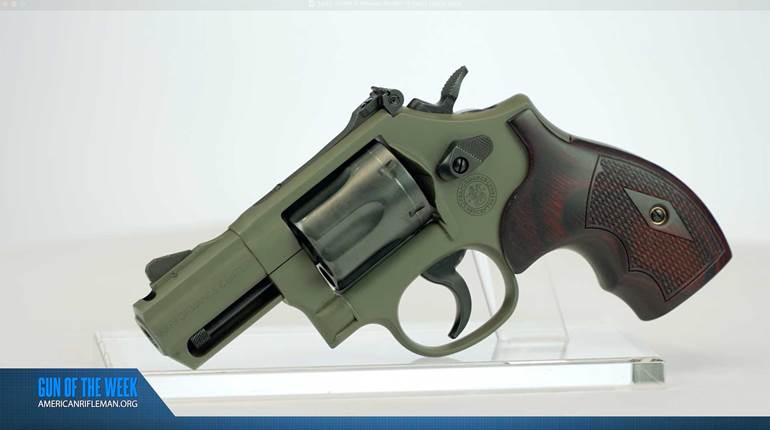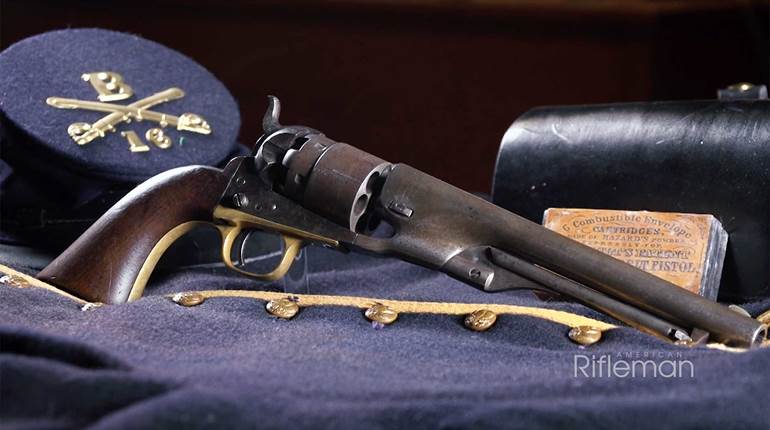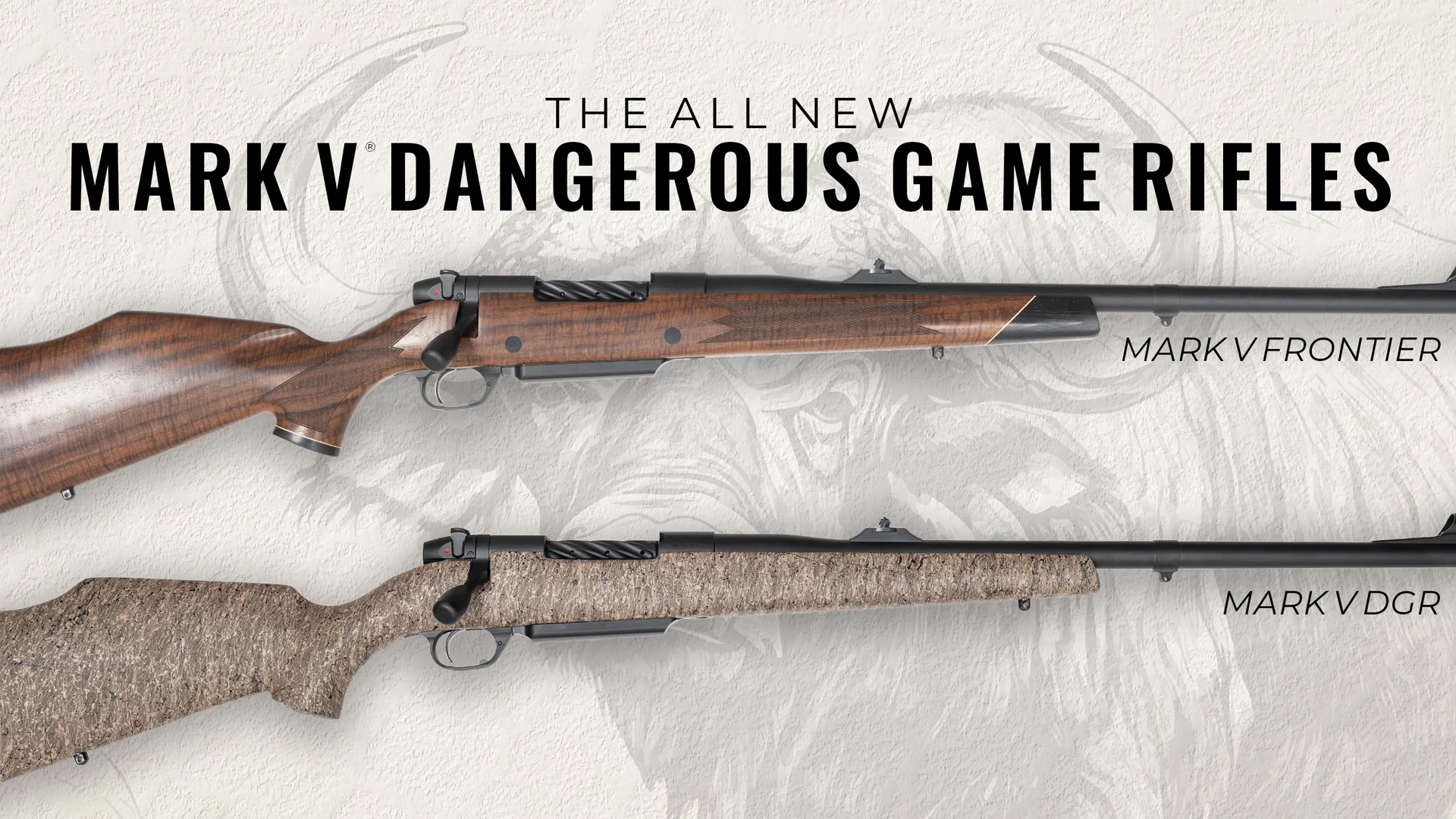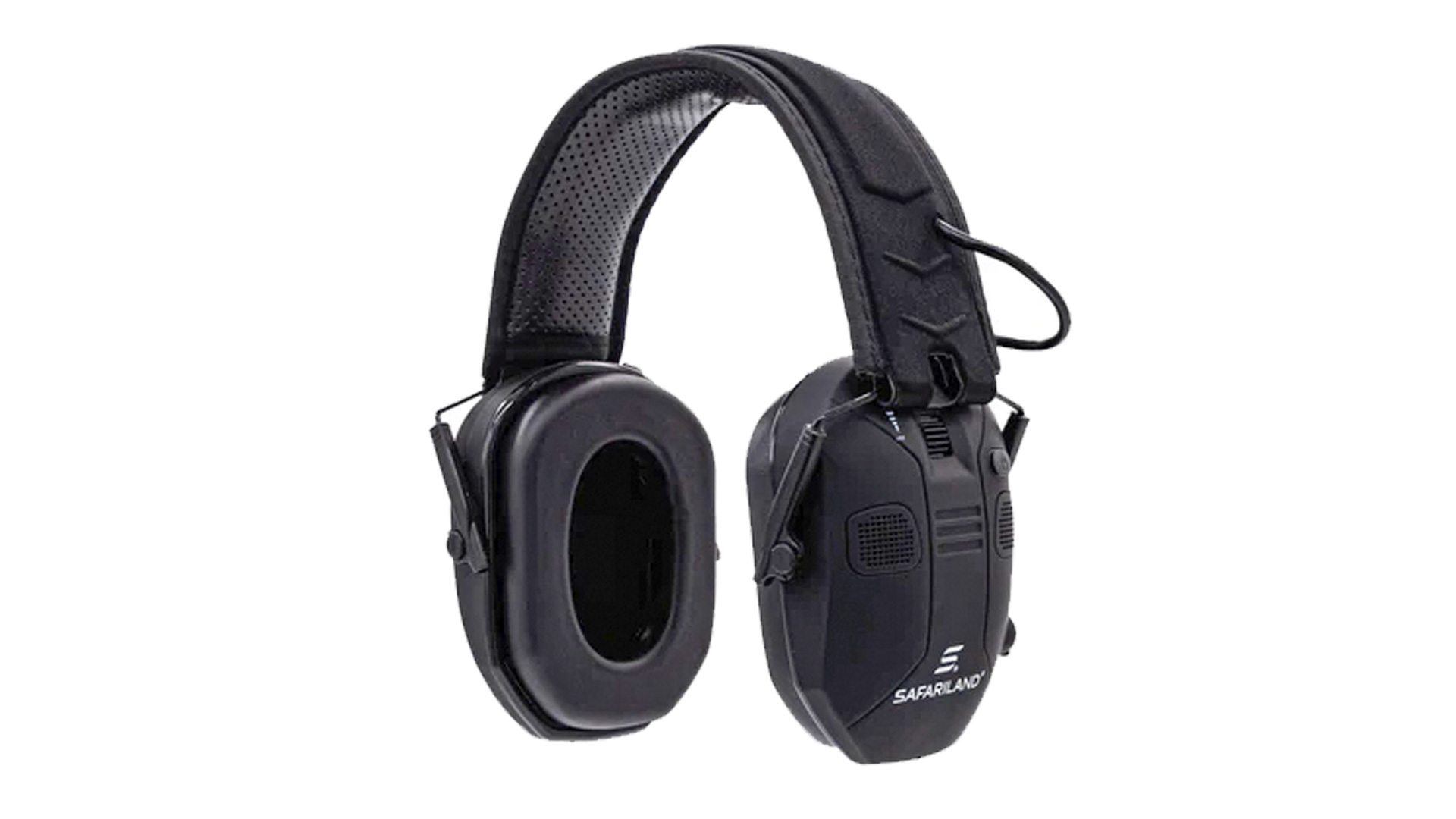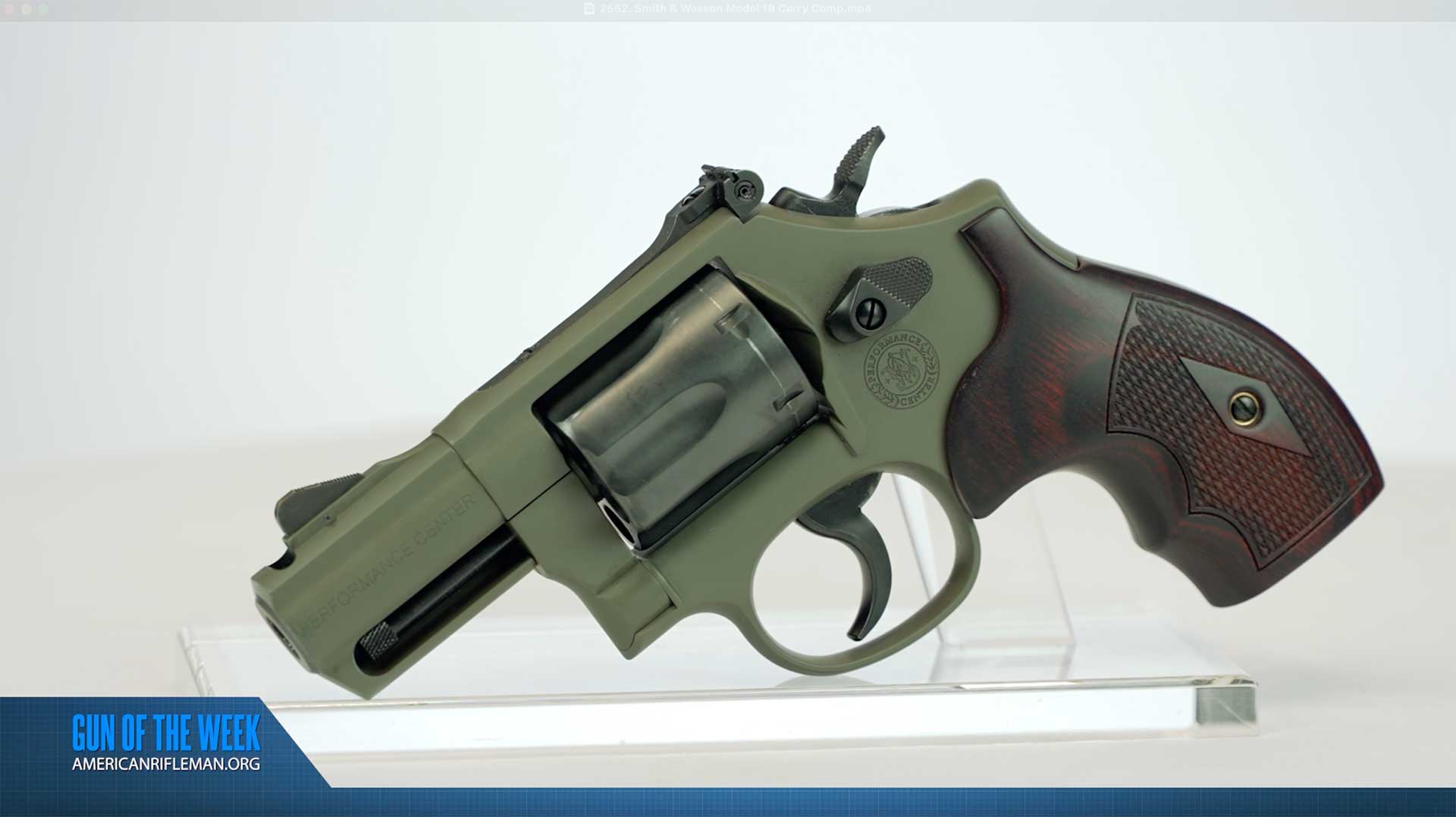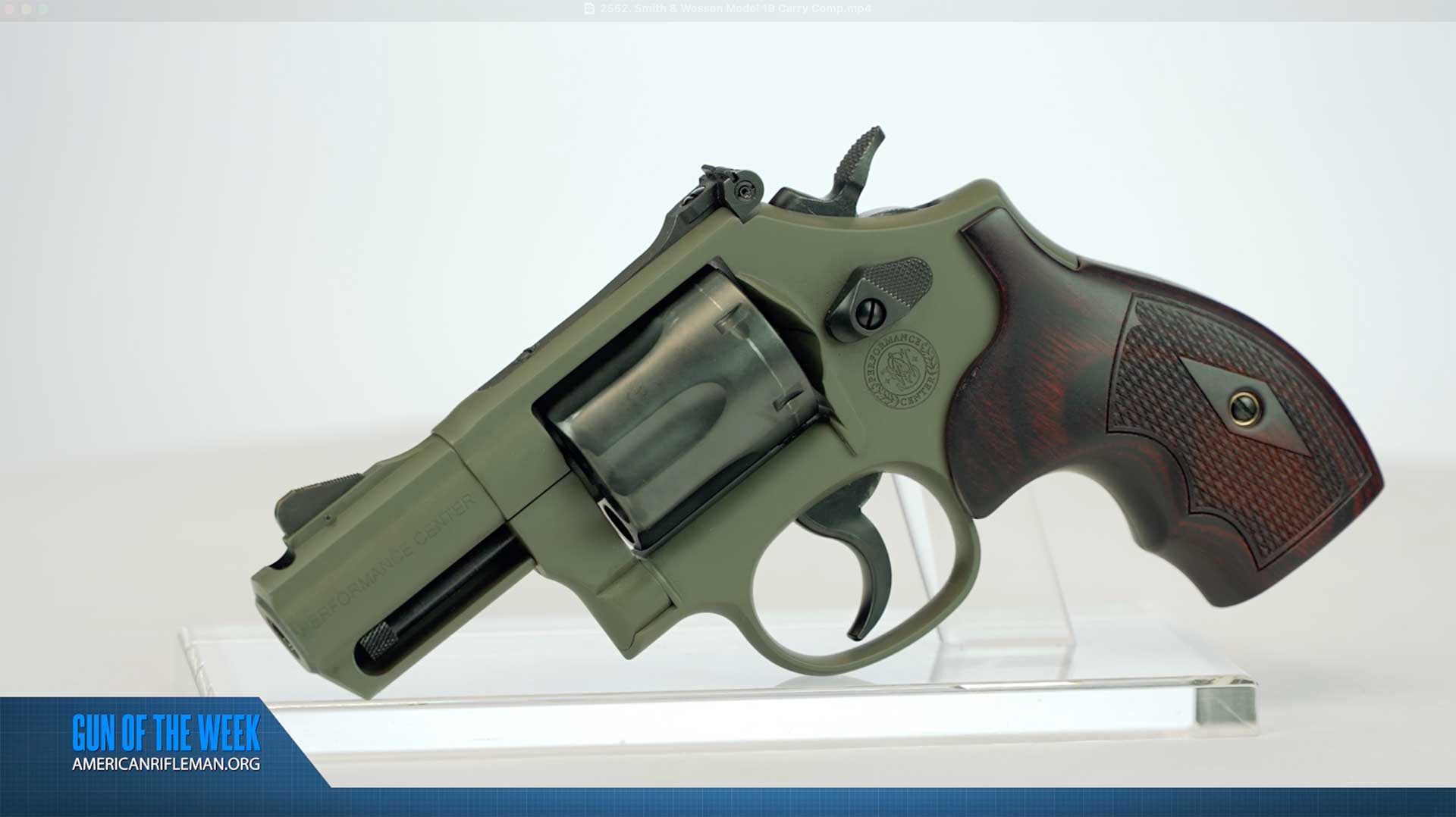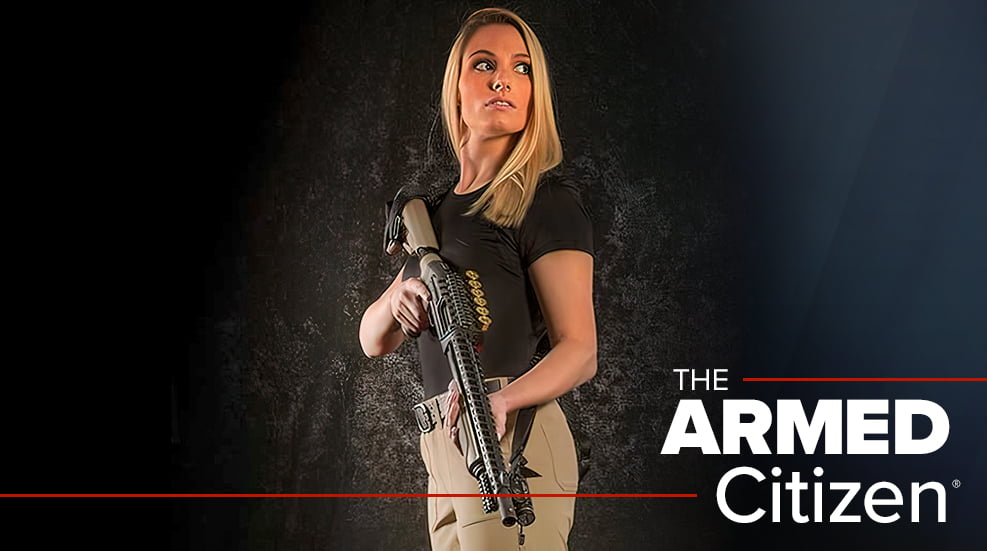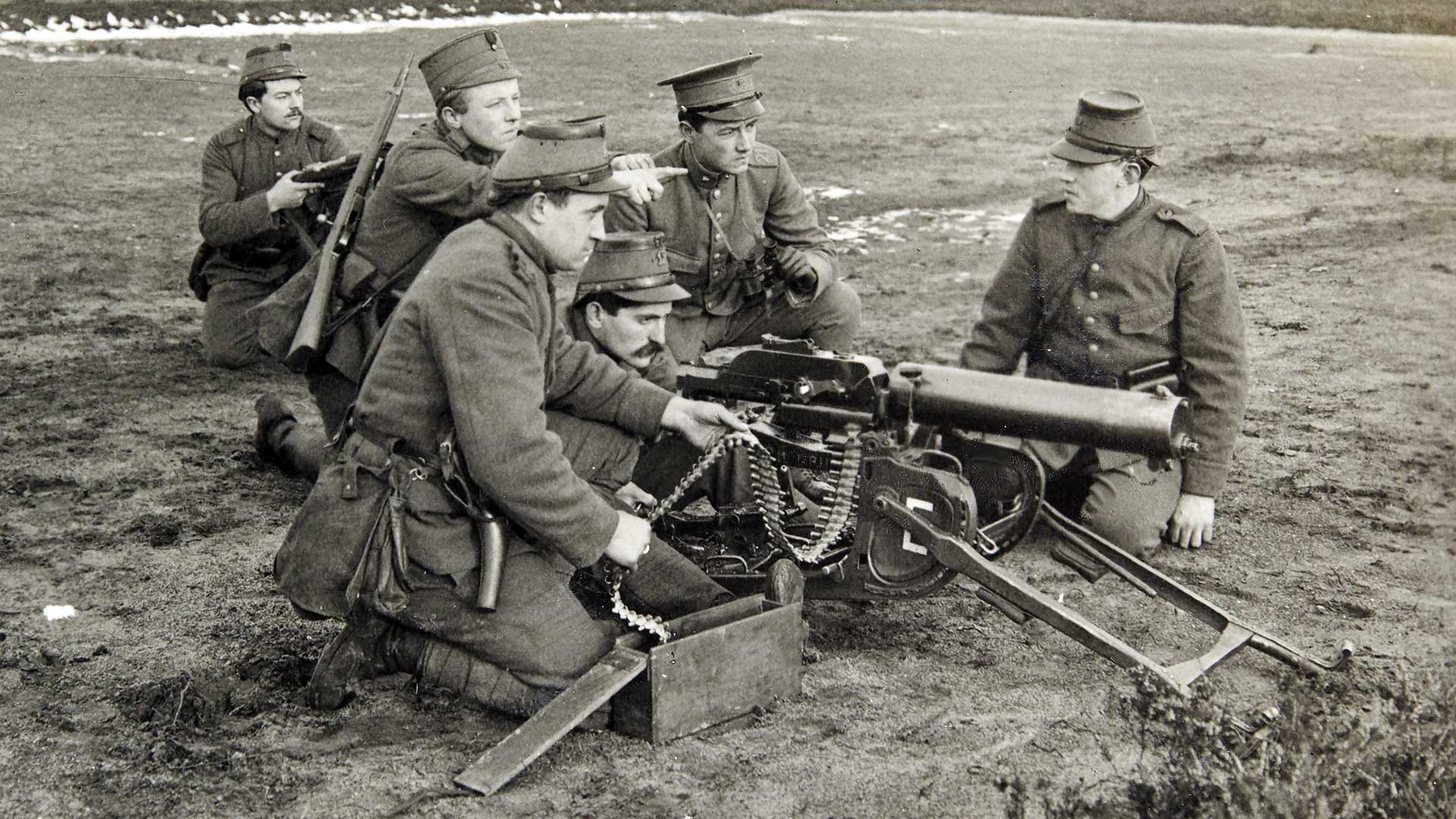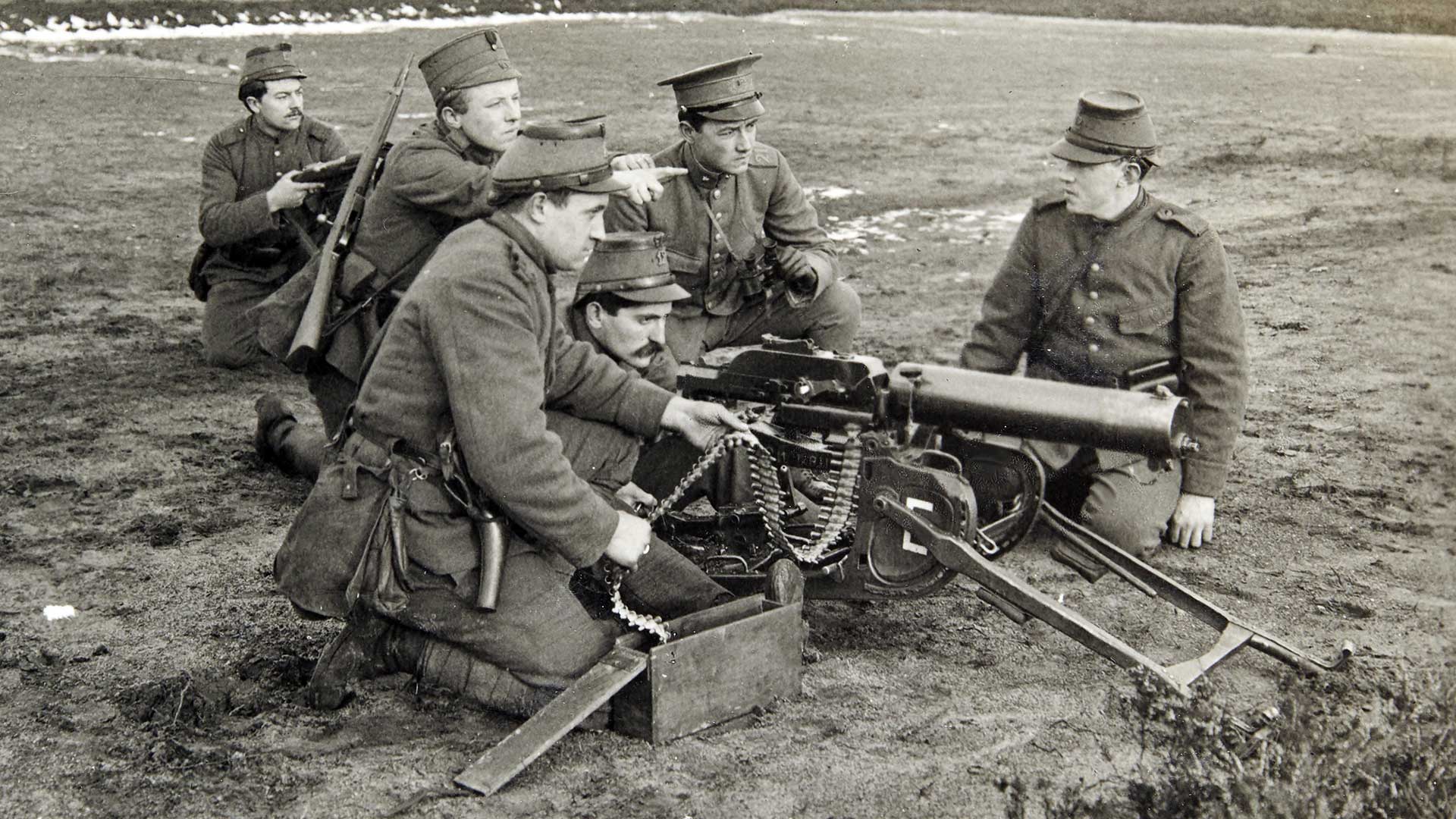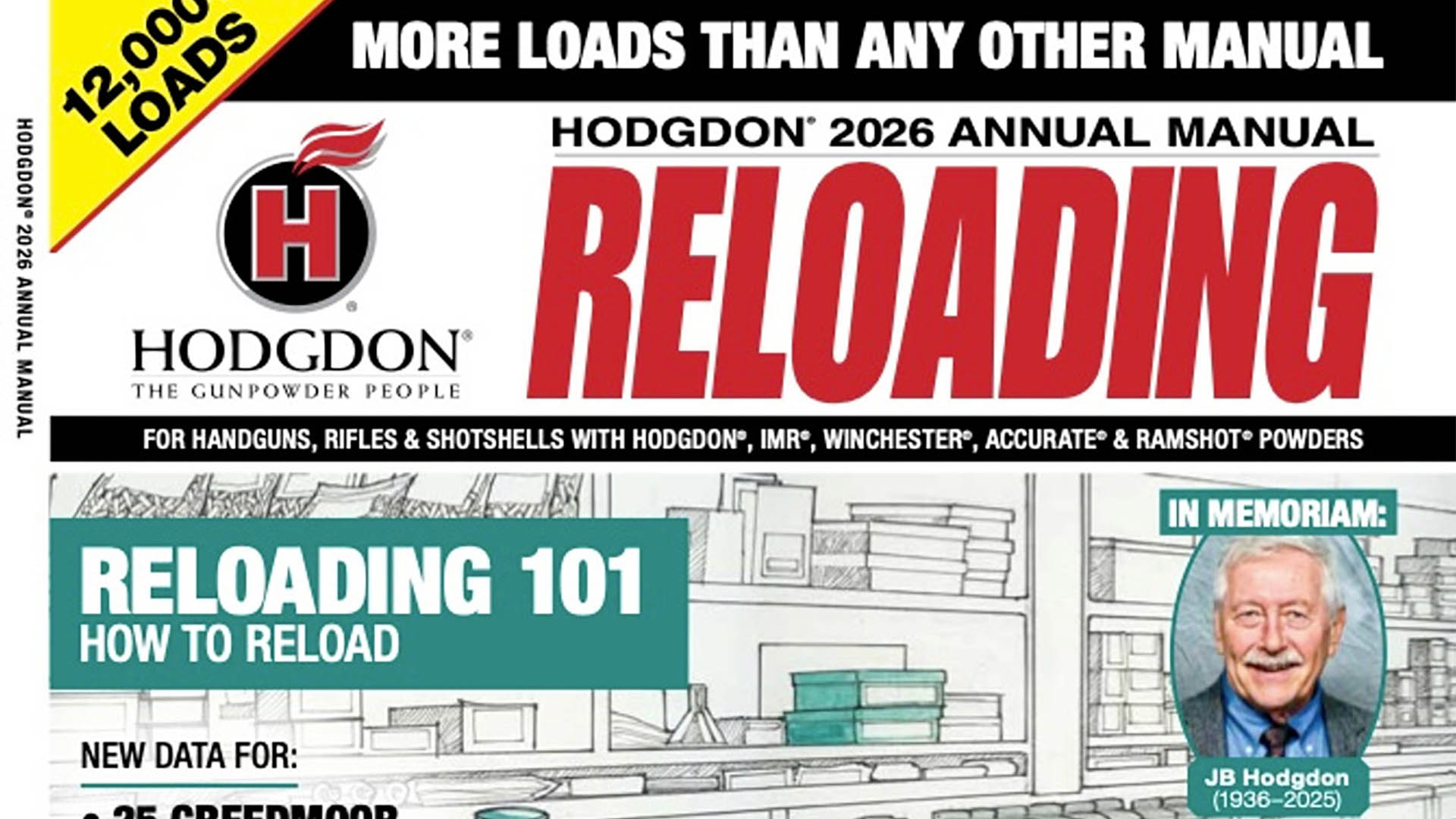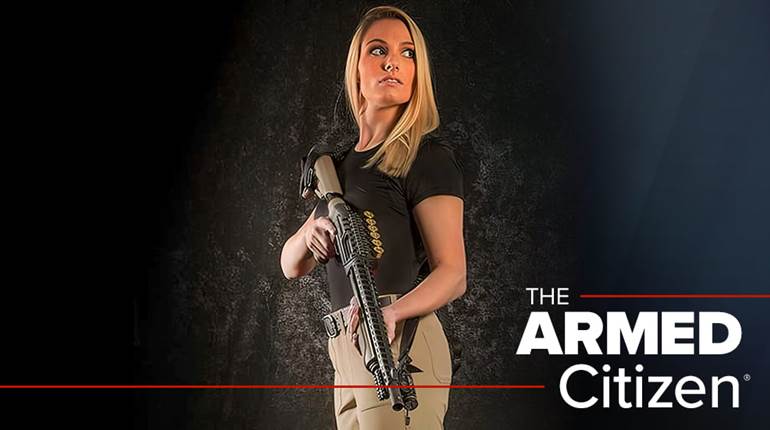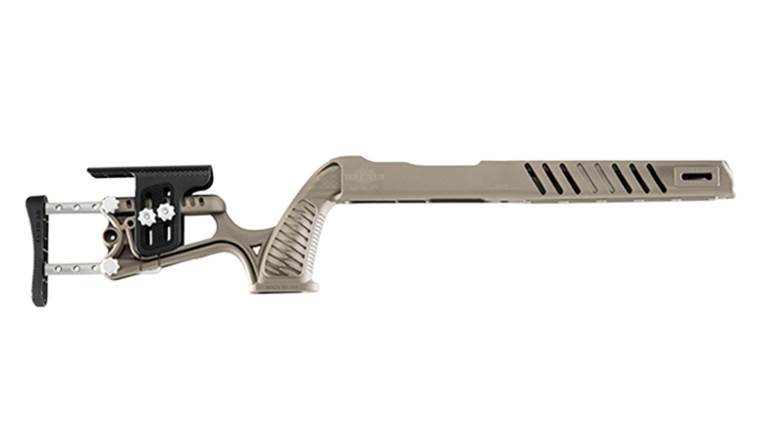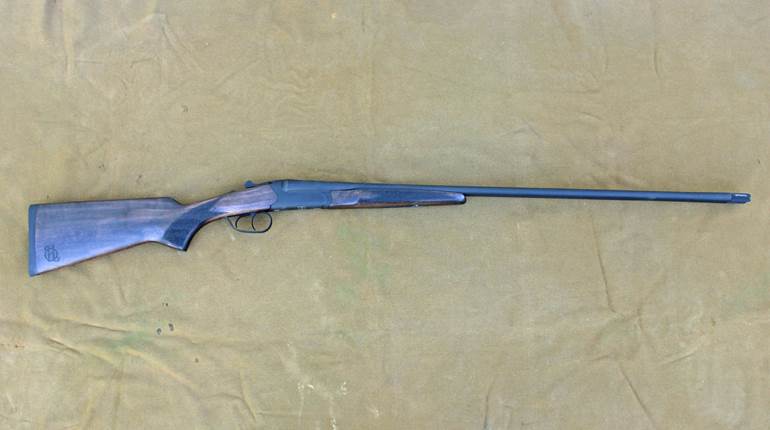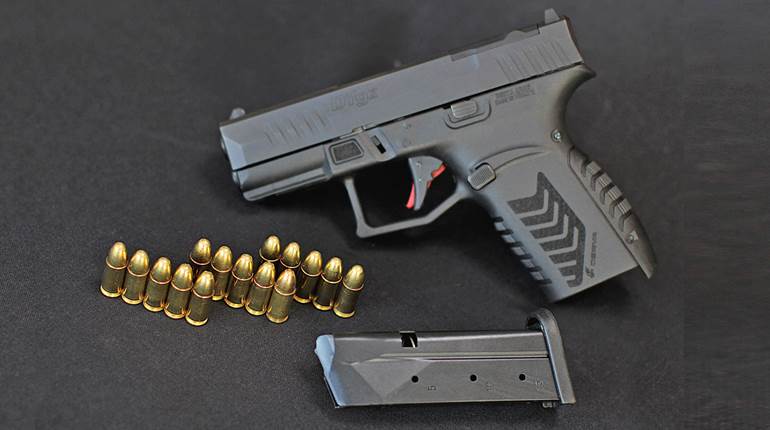Colt was instrumental in the development of the revolver in the mid-19th century, but on the eve of the 20th century, the company faced tough competition, particularly from Smith & Wesson. In an effort to capture the law-enforcement market, Colt developed its Police Positive, which included some innovative technology. See the details in our "American Rifleman Television" I Have This Old Gun segment above.
"With its Police Positive, Colt added something to the revolver, and that was really a hammer-block safety," NRA Media Editorial Director Mark Keefe said. "With this little gun, you could carry all six chambers loaded, and frankly, they were beautifully made."
Depending on its configuration and chambering, Colt had a number of names for the same basic design. There was the Police Positive Target, chambered for the .22 Long Rifle, along with the Banker's Special and the Detective Special. Probably the most popular version, though, was the Police Positive Special.
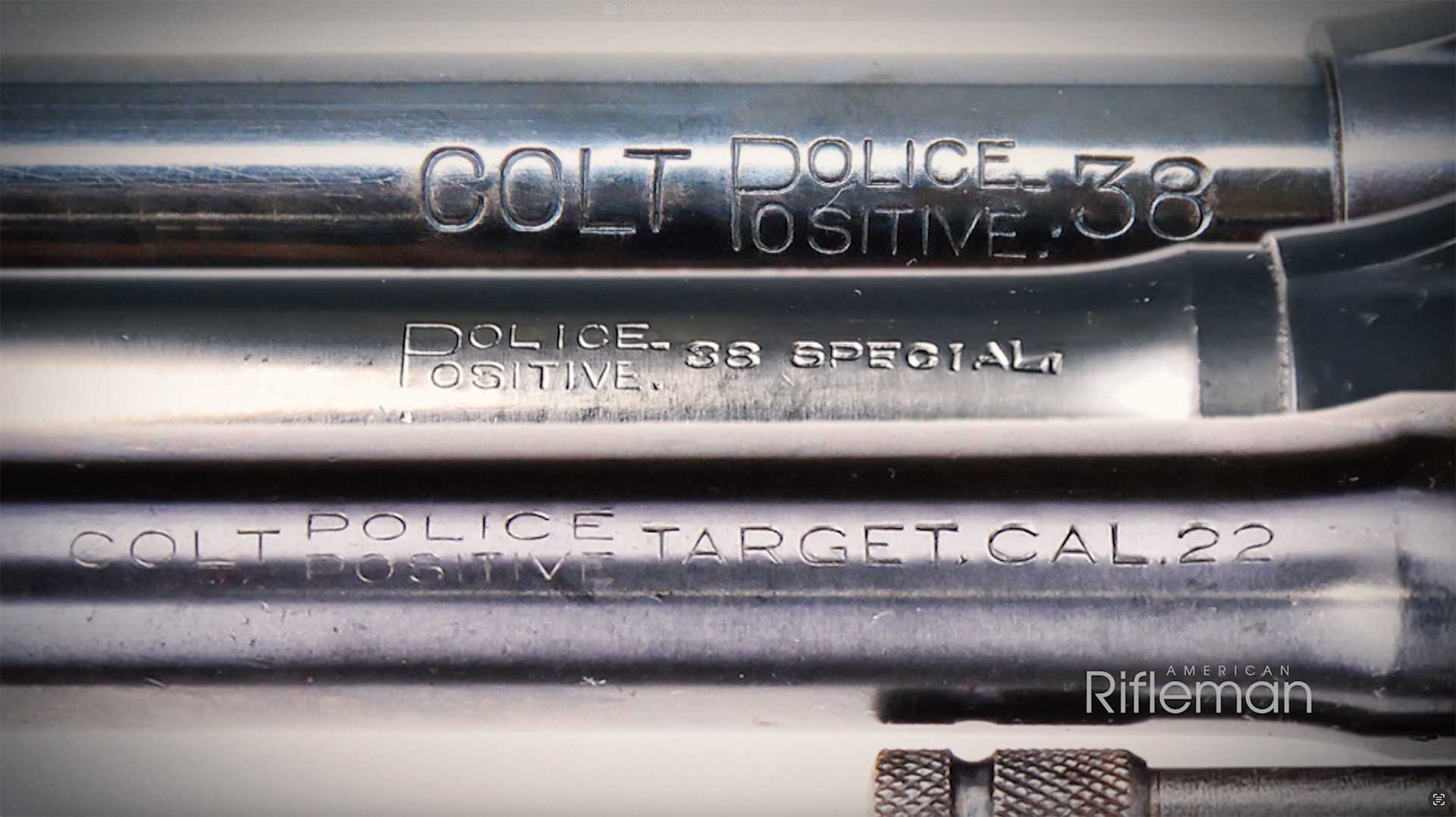
"The one we're looking at [here] is the Colt Police Positive Special, which was the gun introduced in 1907 that Colt made to take the .38 Special cartridge," NRA Museum Director Philip Schreier said. "It's primarily developed for law enforcement, same as the Smith & Wesson Model 10, which came out three years later. These two guns both were competing neck and neck for the law enforcement purchasing power of the first half of the 20th century."
No matter its name, the key feature of the Police Positive was its innovative hammer-block safety. This mechanism prevented the hammer from striking the primer of a chambered cartridge unless the trigger was pulled to the rear.
"The salient feature of the Police Positive is kind of in its name. They touted what they called the "positive lock" of the mechanism," American Rifleman Executive Editor Evan Brune said. "And what this really was was a safety mechanism that allowed the gun to safely chamber all six cartridges. Up until that point, even if you had a six-round cylinder, you generally needed to keep one of those cylinders empty because the fixed firing pin meant that that firing pin was going to rest somewhere when your hammer was down."
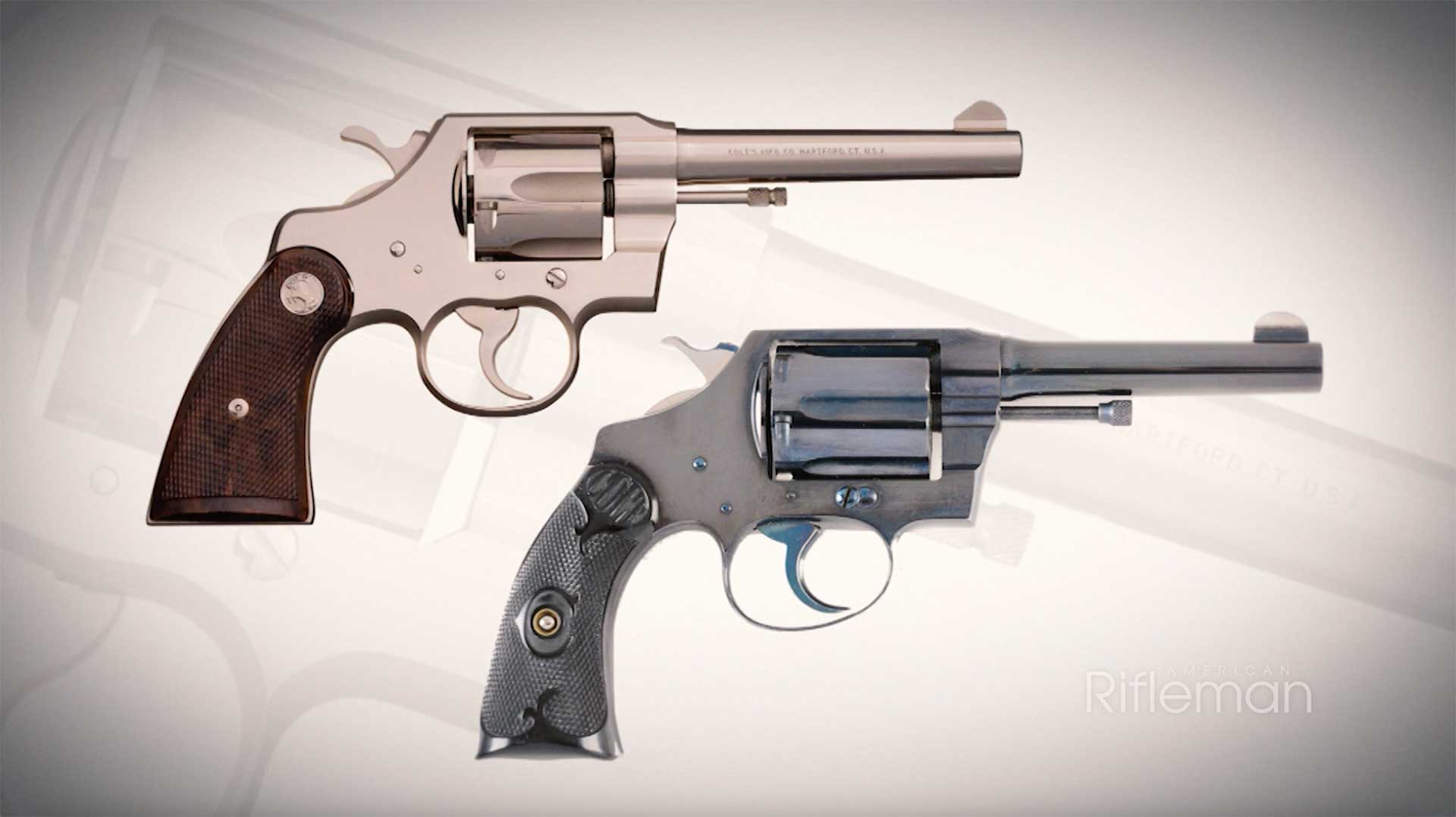
Despite the popularity of Colt revolvers in general, collectors generally steer toward other revolver models in the Colt lineup.
"The guns themselves are kind of, by collectors, ignored, looked over. You've got your guys that like your big calibers. You've got your New Service collectors out there that collect the .44s, the .45s, the guns that were used in World War I, the 1917s, things like that," Schreier said. " But if you start looking at them in the collector's eye, the guns that were made in the '20s and '30s, there were no finer revolvers made on Earth. The fit and finish, the blue, that royal Colt blue on those guns is literally artistry. You just don't find that anywhere on any gun, you know, from that time period."
To watch complete segments of past episodes of American Rifleman TV, go to americanrifleman.org/artv. For all-new episodes of ARTV, tune in Wednesday nights to Outdoor Channel 8:30 p.m. and 11:30 p.m. EST.
